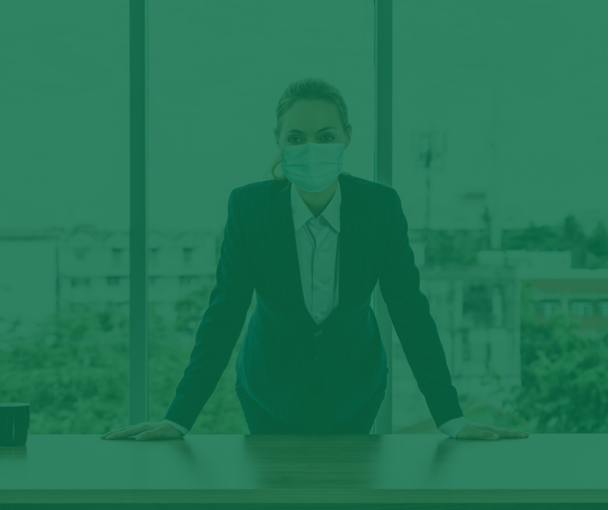Industry leaders in air filtration manufacturing and engineering, Camfil USA, has released an article detailing their advice for controlling and improving workplace air quality. While poor air quality is linked to a variety of health problems and improving it should always be a priority, the COVID-19 pandemic has highlighted just how important it is to ensure the air we breathe is clean.
“When safeguarding the health of people remains the primary concern, it is the responsibility of businesses to leave no stone unturned when preparing to relaunch or refresh the business,” says Mark Davidson, Manager of Technical Materials at Camfil USA. As many businesses are having to reopen their offices, Camfil offers six important tips for protecting employees and customers by improving and maintaining safe indoor air quality.
- Understanding your surroundings. Recent studies have confirmed that droplets infected with the COVID-19 virus may remain airborne longer than initially thought, and may be able to survive on some open surfaces for days (up to four hours on copper, up to 24 hours on cardboard, and as long as three days on plastic and stainless steel, according to a study published in the New England Journal of Medicine). In addition to this risk, the fact remains that indoor air can be five to fifty times more polluted than outside air; with city-dwellers spending up to 90% of their time indoors, these high pollution levels pose significant health risks. “Evaluating the outside atmosphere along with indoor air quality is the first step in the process to regain control,” notes Davidson.
- Categorize your air quality requirements. There are many laws in place designed to protect human health, business processes, and the environment from airborne pollutants, but air quality is governed by several different bodies, including the EPA and OSHA (Occupational Safety and Health Administration). “Regulatory efforts start with categorizing the air pollutants, setting its limits to avoid any human harm, and taking appropriate actions to mitigate the risks involved,” says Davidson, “So all businesses must identify the substances known as air pollutants or harmful particles in the surrounding air to initiate the plan of control.”
- Use a checklist. There are several essential tasks that you should regularly check to ensure that your air filtration system is in good working order. Camfil has made a checklist of these items for your convenience, which you can download here.
- Identify potential contamination risk. Every breath we take contains more than 25 million particles. Depending on the specifics of your business, your air may be at risk for containing harmful microbes, chemicals, gases, ozone, or particulate matter, all of which can be serious health risks. Different harmful substances require a different solution. Camfil provides containment equipment for highly critical applications such as laboratories and hospitals, and recommends air cleaners for facilities with elevated airborne contamination. Low-risk applications can consider using EPA filters or ePM1 80% or higher category of air filtration.
- Monitor particle levels. The World Health Organization (WHO) believes that particles are affecting the health of more people worldwide than any other pollutant. Tracking your air quality is a valuable long term tool to give you early indications of potential problems so that preemptive measures can be taken.
- Understand your air change requirements. Air filtration is one of the ways to fight the impact of harmful pathogens such as COVID-19. Clean air should be introduced into your facility regularly to ensure a clean work environment. A high-efficiency air filtration solution can prevent infections in the air because it can trap and remove harmful organisms, as well as volatile organic compounds (VOCs) and other harmful chemicals, from the air. Contact an air filtration expert to handle your air quality requirements.
About Camfil Clean Air Solutions
For more than half a century, Camfil worldwide has been helping people breathe cleaner air. As a leading manufacturer of premium clean air solutions, we provide commercial and industrial systems for air filtration and air pollution control that improve worker and equipment productivity, minimize energy use, and benefit human health and the environment. During the COVID-19 pandemic, Camfil has been applying their decades of experience in biosafety containment, healthcare, and other sectors of the air filtration industry to provide technological solutions for the public as well as in hospitals and healthcare facilities. To get in touch with a local Camfil consultant, please click here.
For media contact: Agnes Zang [email protected] KISS PR Brand Story
Source: Camfil Air FILTERS
Release ID: 17425

